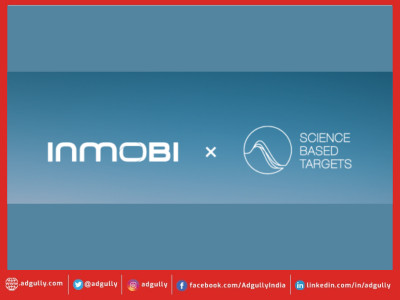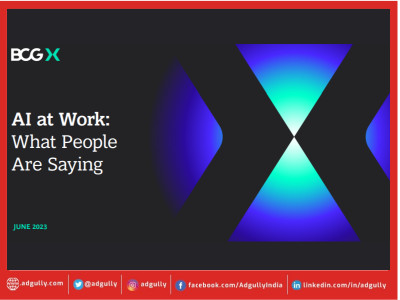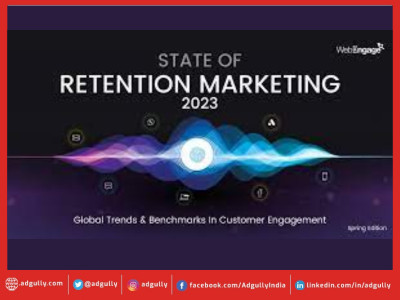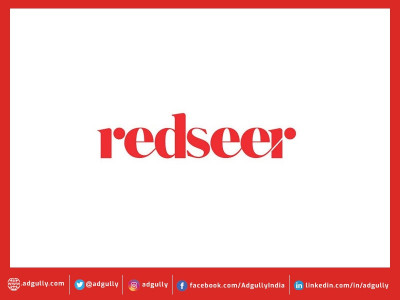Indians to spend an average of Rs 15,000 this festive season: InMobi
Starting in September, the Indian festive season is a 4-month period marked by celebrations, ceremonies, gettogethers, and shopping. This year, Indians are expected to spend an average of Rs 15,000, a majority of whom plan to increase their budgets from last year. This presents a tremendous opportunity for marketers to connect and engage with their existing and potential consumers.
What makes the 2019 festive season different is that it is characterised by the emergence of the connected Indian consumer. This festive shopping journey can very often be fraught with challenges for the consumer. These challenges or “frictions” can significantly decrease the consumer’s chances of discovering a brand, engaging or investing time in a brand, and consequently, purchasing the product. Hence, brands need to eliminate these frictions – be it information, experience, relevance or payment-related – to improve their chances of winning the connected Indian consumer.
InMobi’s latest research, “Understanding the Festive Shopper Journey’ seeks to better understand the shopping sentiments of Indian consumers this festive season, which in turn will provide marketers with deep insights to fine-tune their mobile strategies.
When asked they expected their festive season spending to change this year compared to last year, 84 per cent of the respondents said that they would spend same or more than they did last year – with 39 per cent saying they would spend more than last year and 45 per cent saying that they would spend the same as last year.
As per InMobi’s study, Indians are expected to spend Rs 15,000 on average this festive season. At 56 per cent, Clothing & Apparel top the shopping list, followed by jewellery (21 per cent), home appliances (20 per cent) and food & groceries (18 per cent). While Apparel remains the favourite category across the nation, preferences vary from jewellery to appliances to groceries in different regions.
Connectivity and the Indian consumer
Connectivity is at the forefront of the evolving Indian consumer, redefining accessibility while changing the way consumers live, work, shop and play.
Multiple device ownership: The connected Indian consumer is defined by their multiple device ownership including mobile, desktop, TV and more. The connected Indian lives in a world of divided attention across these multiple devices and is constantly multi-screening.
Non-linear shopping journeys: The steps between awareness and purchase for the connected Indian consumer are many and varied, and often nonlinear. 32 per cent of consumers learn about products through offline media, 89% explore and research on desktop & mobile, and 33 per cent buy the product in a physical store1. Consumers refer to at least three to four information sources pre-and post-purchase. The customer journey isn’t what it used to be: you no longer see a TV ad, come into the store, and buy a product.
Connected Indian; Mobile-Native: Despite the multitude of devices, one device does emerge as a clear favourite: The Smartphone. The widespread penetration of affordable smartphones has a whole new generation of Indian consumers experiencing the Internet and living the connected experience. With over 400 million smartphone users, 4 hours of daily screen time, and innumerable transactions per day, mobile is now the go-to screen for the connected Indian consumer.
Mobile dominates every stage of the shopping journey
Mobile is critical to learn, explore and buy for consumers. According to the report, 62 per cent consumers learn about products on mobile, 77 per cent consumers explore and research about products on mobile, and 67 per cent buy on mobile. Whether the festive shopping is online or in-store, mobile is the constant companion for learning, exploring and buying in the customer’s shopping journey.
In order to provide a frictionless consumer experience, brands need mobile-first thinking. Brands need to ensure that they optimise for mobile, build mobile-first video or interactive ads and partner with the right technology platforms.
Brands should be able to provide a seamless experience across their web stores, apps and offline stores. A frictionless omnichannel experience can be provided by ensuring easy checkout on mobile or in-store, minimising steps for learning and exploration, providing enough payment options, doing away with registration/ form fills, providing enough ratings and user/ product reviews.
Brands must deliver personalised communication through precise targeting with the right offers, relevant recommendations, and vernacular communication. Timing of such communication is critical – dynamic messaging depending on which phase the consumer could be in must be accounted for.
Engage and Acquire consumers using mobile
Marketers can effectively acquire new customers and engage existing customers at scale using:
Lockscreen Content Marketing: Leverage content marketing platforms such as Glance to capture the attention of and to engage users with highly personalised and relevant brand experiences.
Mobile-based interactivity: The top 5 activities consumers will use their mobile for include1: checking and comparing prices, getting store locations, discovering coupon codes, browsing online and researching. Marketers can engage and acquire consumers using highly personalised and interactive mobile experiences.
Video and Vernacular: Engage the consumer with mobile video with its high CTRs and viewability metrics. Also personalize the ad for the user by investing in vernacular messaging to maximise impact.
Gaming: Leverage mobile gaming as a marketing avenue to exploit the 250+ million Indian gamer base, especially through rewarded video ads.
Programmatic: Adopt programmatic media buying to reach audiences in a brand-safe and high-viewability environment using in-app mobile advertising.
















Share
Facebook
YouTube
Tweet
Twitter
LinkedIn